Table Of Content
- Understanding Weather Patterns for Better Outdoor Forecasting
- Deciphering Cloud Formations
- Reading Wind Direction
- Observing Barometric Pressure
- Recognizing Humidity Levels
- Interpreting Nature’s Signs
- How to Interpret Cloud Formations and Sky Colors
- Reading Cloud Formations
- Decoding Sky Colors
- Using Wind Direction as a Weather Prediction Tool
- Why is Wind Direction Important for Outdoor Forecasting?
- How to Interpret Wind Direction for Weather Prediction
- Using Windsocks and Weather Vanes
- Utilizing Wind Direction Apps
- Noticing Changes in Barometric Pressure and Its Impact on Weather
- What is Barometric Pressure and Why Does it Matter?
- Noteworthy Signs of Changing Barometric Pressure
- How to Use Barometric Pressure for Weather Prediction
- The Role of Humidity in Weather Forecasting
- Understanding the Basics of Humidity
- How Humidity Affects Weather Forecasting
- Using Humidity as a Predictive Tool
- Using Nature’s Signs to Predict Rain or Storms
- Observing Animal Behavior
- Noticing Changes in Air Pressure
- Interpreting Cloud Formations
- Feeling the Wind
- Frequently Asked Questions (FAQs)
As outdoor enthusiasts, we know that understanding weather patterns and predicting changes in the climate can make or break a camping experience. Being able to anticipate weather conditions is a vital skill that every adventurer should master. By honing your weather prediction abilities, you can ensure a safer and more enjoyable outdoor adventure.
From blue skies to sudden storms, nature’s elements can be unpredictable. That’s why learning the fundamentals of weather forecasting is crucial. In this blog post, we will delve into outdoor forecasting tips that will empower you to read the skies, interpret wind patterns, and decode nature’s signals.
With the right knowledge and tools, you can become your own weather forecaster, gaining the confidence to plan camping trips with precision. Discover the secrets of predicting weather changes, identifying early signs of incoming storms, and staying safe in the great outdoors.
Join us on a journey of mastering weather patterns and unlocking the mysteries of outdoor forecasting. Equip yourself with the skills needed to navigate through nature’s whims and enjoy unforgettable camping experiences, come rain or shine.

Understanding Weather Patterns for Better Outdoor Forecasting
When you’re out camping, being able to predict weather changes can make a significant difference in your overall experience. Imagine being able to anticipate a sudden downpour or gusty winds and preparing accordingly. To enhance your outdoor forecasting skills, it’s essential to have a good grasp of weather patterns and cues nature provides.
Deciphering Cloud Formations
Cloud formations can reveal a lot about what’s to come. Understanding the different types of clouds, such as cumulonimbus clouds indicating an incoming storm, can help you prepare for potential rain or thunderstorms.
Reading Wind Direction
Wind direction is a key indicator of weather changes. Consistently blowing winds from the west may suggest an approaching weather front, while sudden shifts in wind direction could signal an imminent shift in weather patterns.
Observing Barometric Pressure
Changes in barometric pressure can also offer valuable insights into upcoming weather conditions. A rapid drop in pressure often signifies the approach of a storm, prompting you to batten down the hatches or seek shelter.
Recognizing Humidity Levels
The level of humidity in the air can impact weather forecasts. High humidity may lead to fog or precipitation, while low humidity levels could indicate clear skies and dry weather.
Interpreting Nature’s Signs
Nature provides numerous hints about impending weather changes. Pay attention to the behavior of animals, such as birds flying low or seeking shelter, as they often react to approaching storms before humans can detect them.
By honing your skills in understanding weather patterns and predicting weather changes, you’ll be better equipped to handle whatever Mother Nature throws your way during your outdoor adventures.
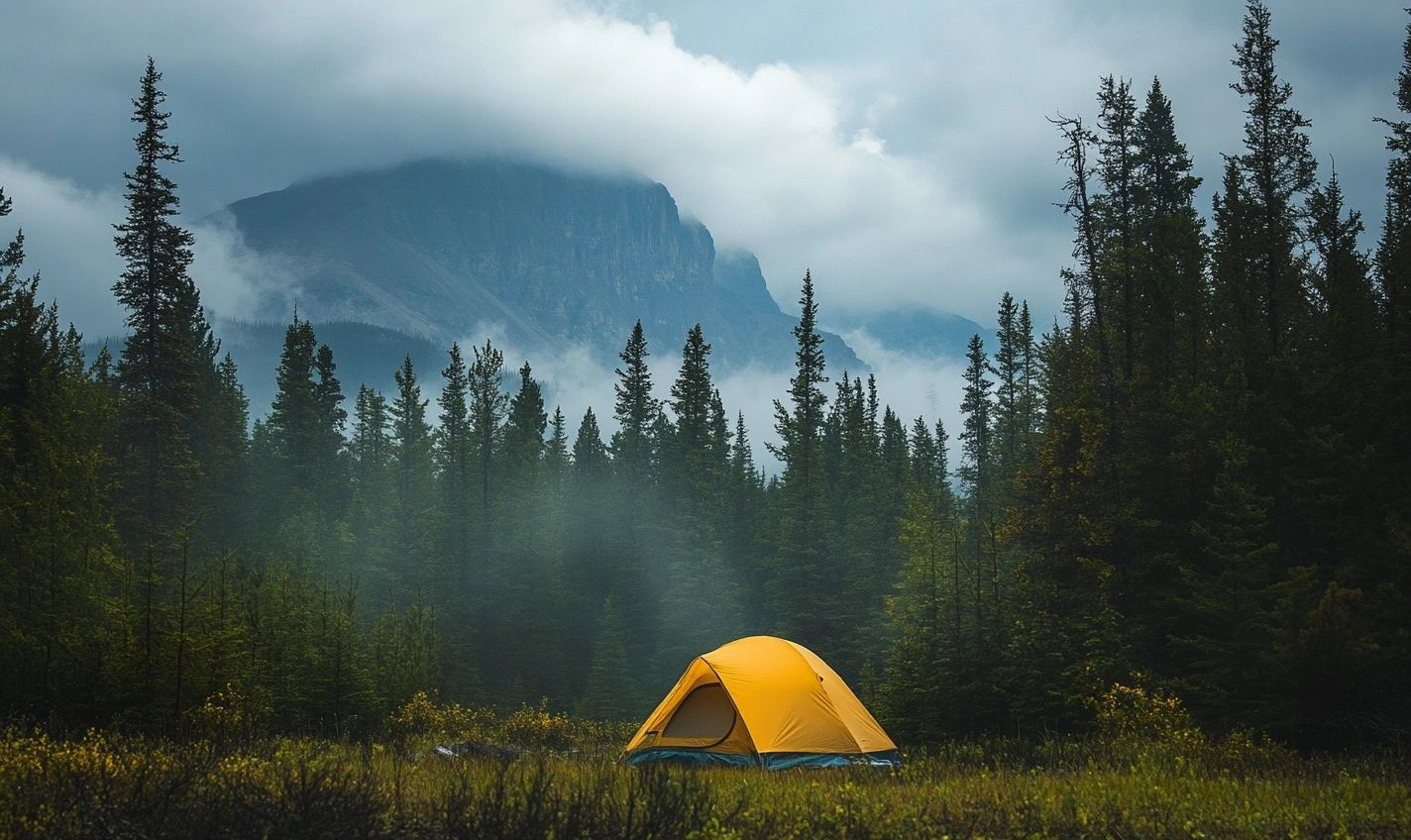
How to Interpret Cloud Formations and Sky Colors
Have you ever looked up at the sky and wondered what the clouds and colors might be telling you about the weather? Understanding weather patterns can help you predict changes in the weather and make informed decisions while camping or hiking outdoors.
Reading Cloud Formations:
Cloud formations can provide valuable insights into imminent weather changes. Here’s how you can interpret them:
- Cumulus Clouds: puffy and white, indicate fair weather.
- Stratus Clouds: low-hanging and gray, signal possible rain.
- Cirrus Clouds: wispy and high, suggest fine weather, but could mean a change is coming.
Decoding Sky Colors:
The colors of the sky during sunrise and sunset can also provide clues about the weather. Consider these tips:
- Red Sky at Night: shepherd’s delight, indicating good weather ahead.
- Red Sky in the Morning: sailor’s warning, foretelling inclement weather.
By paying attention to these natural signs, you can enhance your outdoor forecasting skills and be better prepared for changing conditions.
Remember, nature has its way of communicating with us, and learning to interpret these cues can be a rewarding experience. So next time you’re out in the great outdoors, look up at the sky, observe the clouds, and take note of the colors – they might just hold the key to understanding what the weather has in store for you.
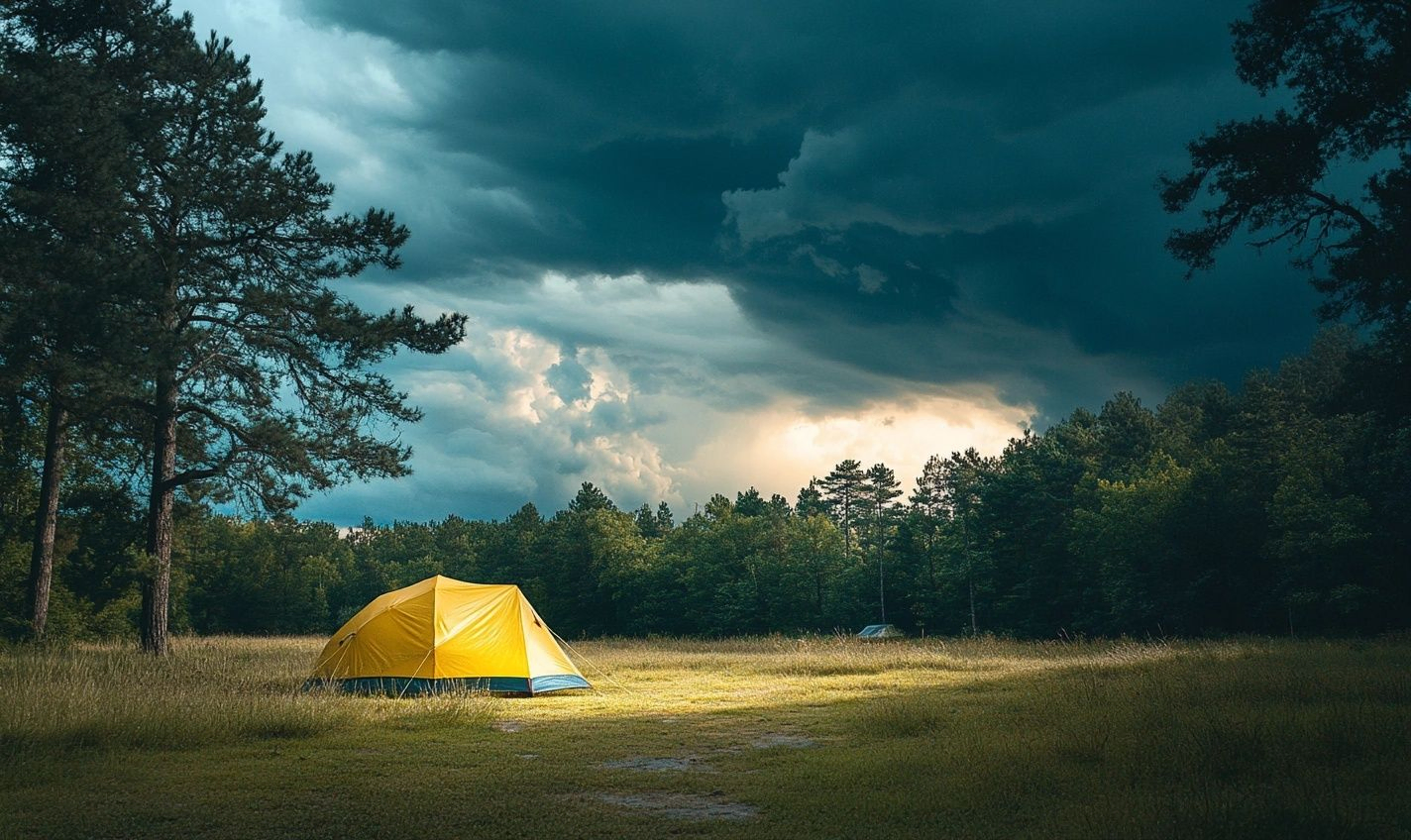
Using Wind Direction as a Weather Prediction Tool
Have you ever felt a breeze on your face and wondered what it might reveal about the weather? Understanding weather patterns can be as simple as paying attention to the direction of the wind.
Why is Wind Direction Important for Outdoor Forecasting?
Wind direction is a key factor in predicting weather changes because wind patterns can give us vital clues about what the weather has in store for us. We can use this information to our advantage when planning outdoor activities.
How to Interpret Wind Direction for Weather Prediction
By observing the direction in which the wind is blowing, you can make some educated guesses about the weather conditions that are coming your way. Here are some tips on how to interpret wind direction:
- Winds blowing from the east often indicate stormy weather.
- North winds typically bring cooler temperatures.
- South winds tend to bring warmer weather.
- West winds are associated with clear skies and fair weather.
Using Windsocks and Weather Vanes
Windsocks and weather vanes are simple yet effective tools for determining wind direction. By observing which way the wind is pushing these instruments, you can get a good sense of the prevailing wind patterns in your area.
Utilizing Wind Direction Apps
For those who prefer a more high-tech approach, there are plenty of weather apps available that can provide real-time information on wind direction. These apps can be a handy tool for outdoor enthusiasts who want to stay informed about changing weather conditions.
Overall, paying attention to wind direction is a valuable skill that can help you stay safe and prepared for whatever weather changes may be headed your way. So next time you feel a gentle breeze on your skin, take a moment to consider what it might be telling you about the upcoming weather!
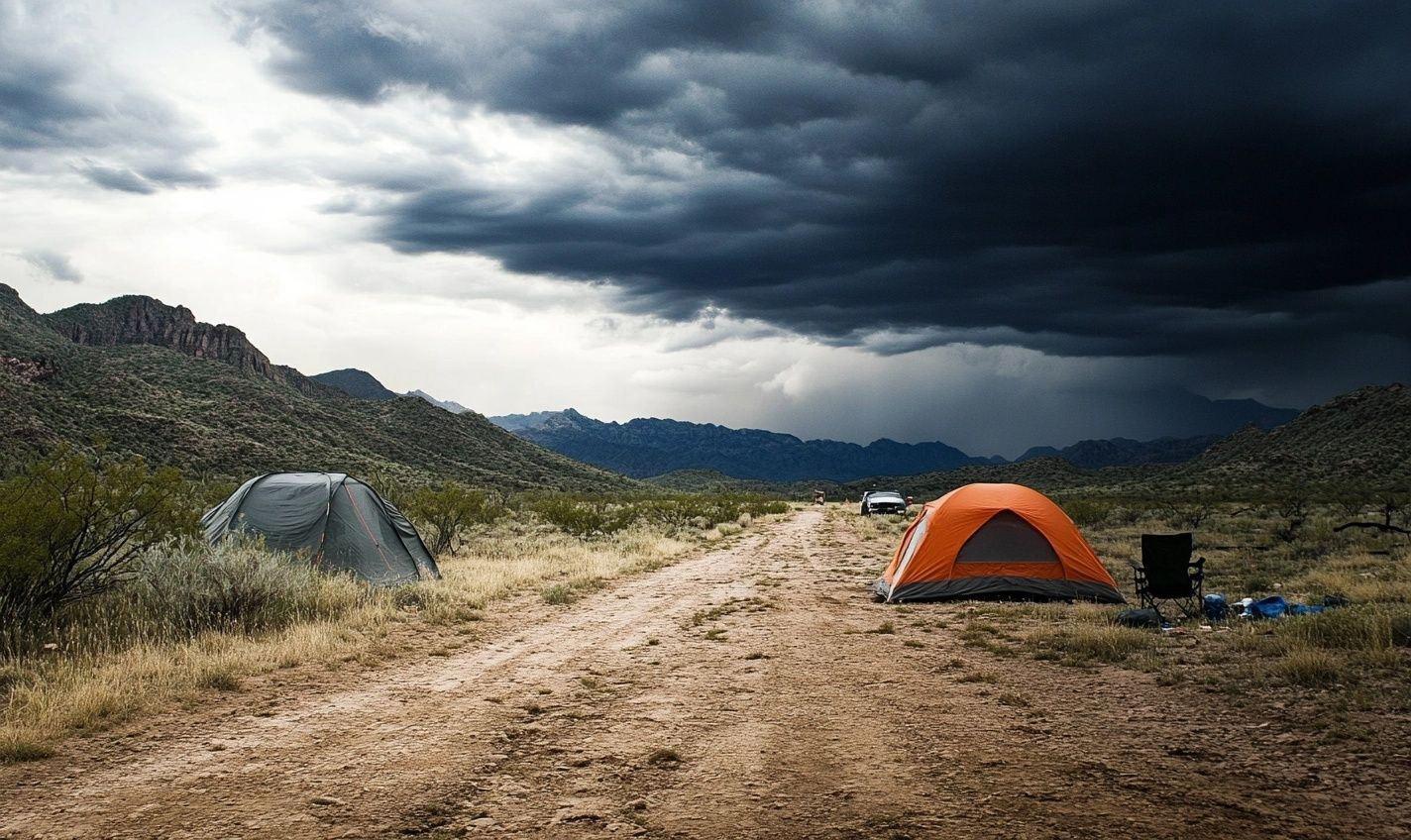
Noticing Changes in Barometric Pressure and Its Impact on Weather
Have you ever noticed how your mood can shift as the pressure around you changes? Well, just like you, the weather is also influenced by barometric pressure. Understanding these shifts can help you predict weather changes before they occur.
What is Barometric Pressure and Why Does it Matter?
Barometric pressure, also known as atmospheric pressure, is the weight of the air above us. When the pressure drops, it usually indicates that bad weather is approaching. On the other hand, rising pressure often suggests clear skies and fair weather.
Noteworthy Signs of Changing Barometric Pressure
- Cloud Formations: Low pressure tends to bring in more clouds, while high pressure typically leads to clear skies.
- Wind Behavior: A sudden shift in wind direction or strong gusts may signal a pressure change.
- Physical Aches: Some people experience headaches or joint pain as pressure shifts, indicating a potential weather change.
How to Use Barometric Pressure for Weather Prediction
- Invest in a barometer for your campsite to monitor pressure changes.
- Keep a weather journal to track pressure patterns and the outcomes in your area.
- Be observant of other factors like cloud formations and wind behavior to corroborate your predictions.
Just like a barometer helps you anticipate your mood swings, it can also assist you in predicting the weather’s temperamental changes. By tuning into the subtle cues that nature offers, you can enhance your outdoor forecasting skills and ensure a safer camping experience.
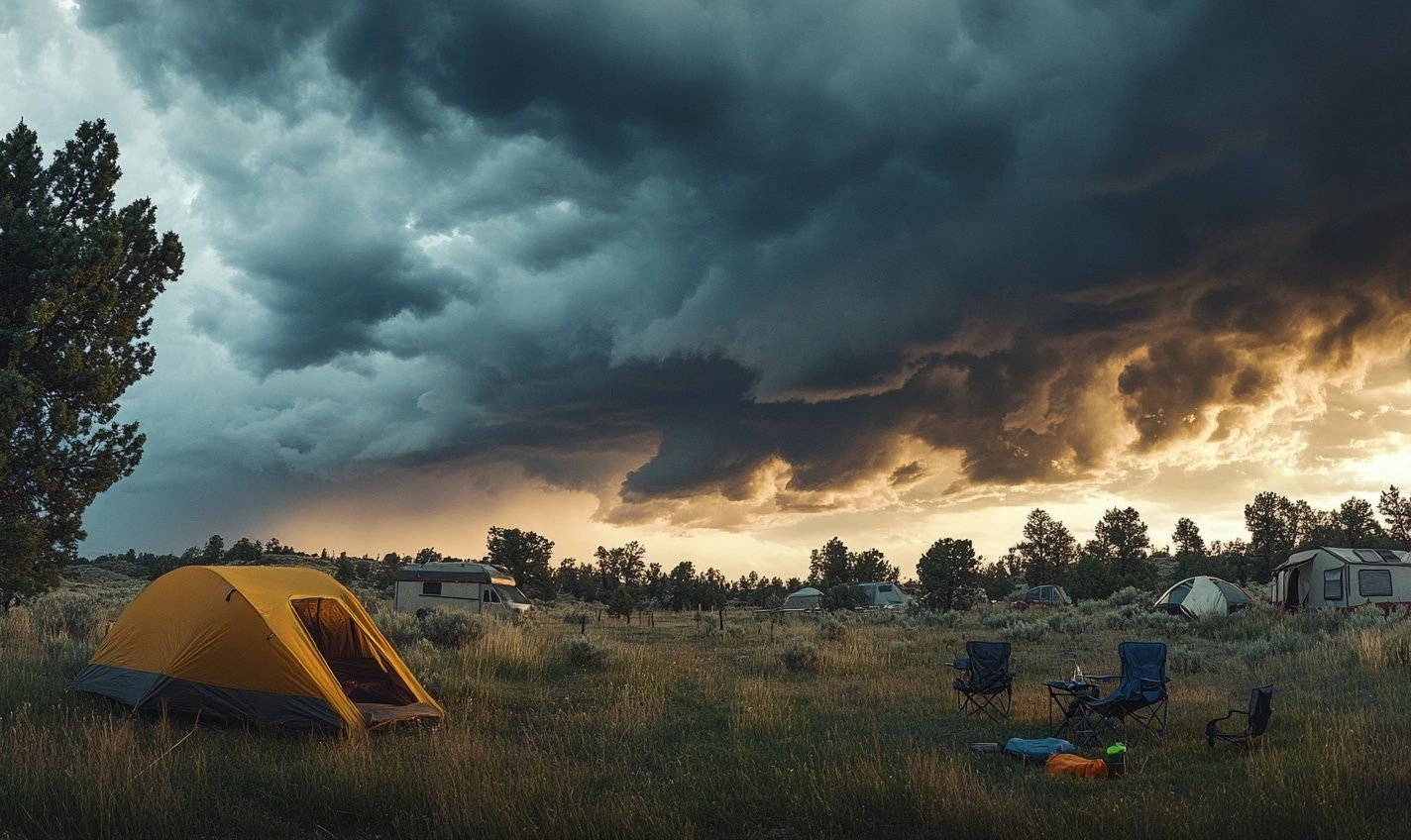
The Role of Humidity in Weather Forecasting
Imagine stepping outside on a hot and sticky day – that’s humidity in action. But did you know that humidity plays a crucial role in predicting the weather? Let’s dive into how this hidden factor impacts our daily forecasts.
Understanding the Basics of Humidity
Humidity refers to the amount of water vapor present in the air. It affects how our bodies perceive temperature and can also influence cloud formation and precipitation. In simple terms, it’s the moisture content in the air that can make a day feel muggy or dry.
How Humidity Affects Weather Forecasting
When meteorologists talk about humidity, they are often referring to relative humidity – the percentage of moisture in the air compared to the maximum amount it can hold at a given temperature. Here’s how humidity impacts weather predictions:
- High Humidity: Indicates the air is saturated with moisture, making it more likely to rain or storm.
- Low Humidity: Suggests dry conditions, possibly leading to clear skies and warmer temperatures.
Using Humidity as a Predictive Tool
By understanding humidity levels, you can better anticipate weather changes. Here are practical tips for leveraging humidity in your outdoor forecasts:
- Monitor Relative Humidity: Keep an eye on humidity percentages to anticipate shifts in weather patterns.
- Learn Local Humidity Trends: Different regions have varying humidity norms; familiarize yourself with your area’s patterns.
Next time you feel the air heavy with moisture, remember that humidity isn’t just about comfort – it’s a key player in the weather game. By mastering the art of reading humidity levels, you’ll be equipped to make more informed outdoor plans and stay a step ahead of Mother Nature’s whims.
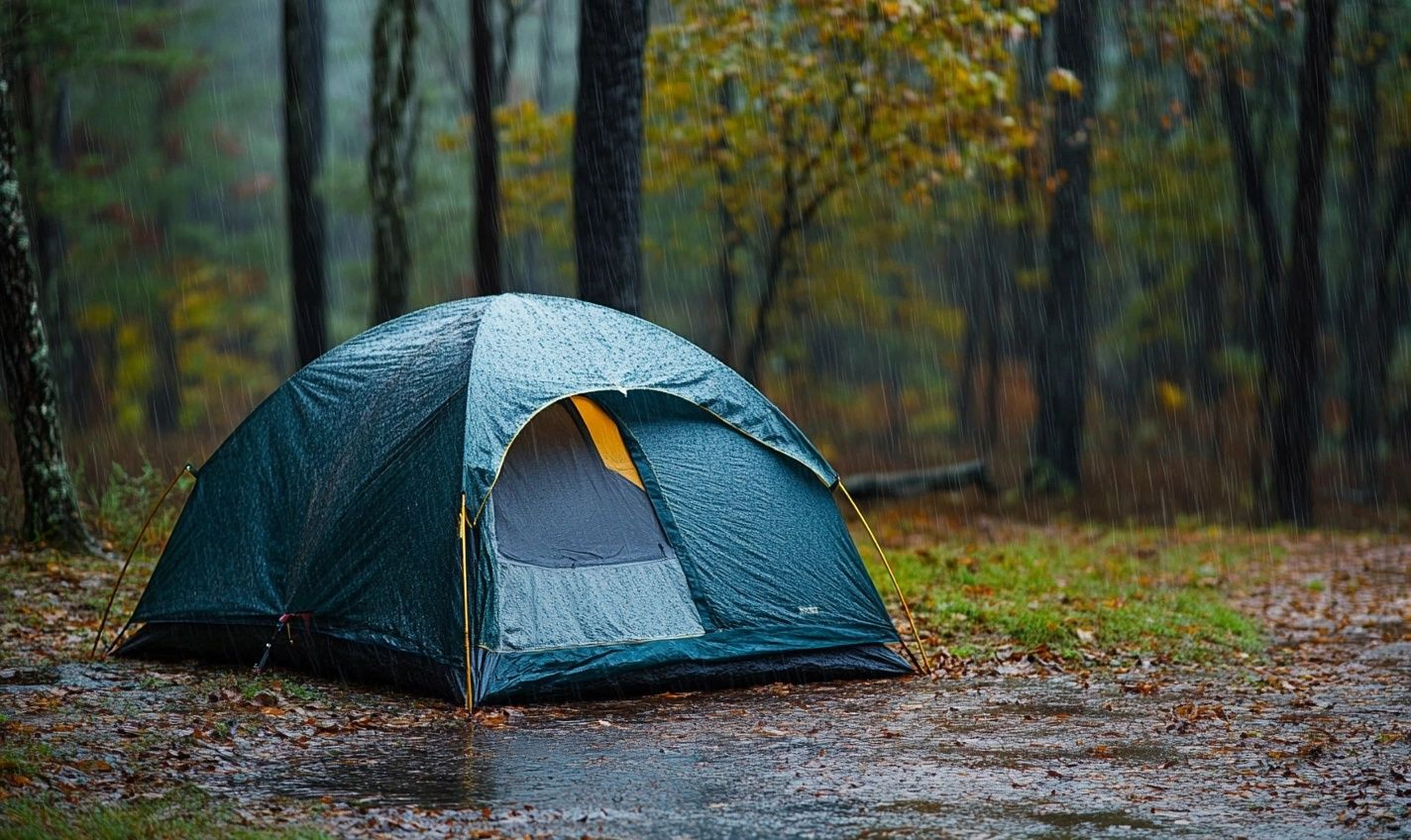
Using Nature’s Signs to Predict Rain or Storms
Have you ever found yourself camping in the great outdoors, looking up at the sky wondering if a storm is brewing? By paying attention to nature’s subtle hints, you can become a weather prediction expert without needing any fancy equipment. Let’s explore how you can use nature’s signs to predict rain or storms during your outdoor adventures.
Observing Animal Behavior
Animals have a keen sense of impending weather changes. Watch for signs like birds flying lower to the ground, ants marching in a straight line, or cows lying down in a field. These behaviors can indicate a shift in the weather.
Noticing Changes in Air Pressure
When you’re out in nature, pay attention to how your ears feel. A sudden change in air pressure can indicate an approaching storm. Keep an eye out for any discomfort or a feeling of fullness in your ears, as this could be a sign that the weather is about to take a turn.
Interpreting Cloud Formations
Clouds can tell you a lot about what’s coming. Dark, towering clouds often signal an impending storm, while wispy, high-altitude clouds may indicate fair weather. Take note of the clouds’ color, shape, and movement to predict what the sky has in store for you.
- Dark, low-hanging clouds: Rain or storm likely
- Puffy, white clouds: Clear skies
- Thunderheads: Thunderstorms approaching
Feeling the Wind
Wind direction can be a reliable indicator of upcoming weather changes. If you notice the wind shifting direction frequently, a storm could be on the horizon. Pay attention to the speed and consistency of the wind to help predict if you’ll need to batten down the hatches.
Predicting the weather doesn’t have to be a mysterious science. By tapping into nature’s cues, you can stay one step ahead of Mother Nature and ensure a safe and enjoyable outdoor experience.
Conclusion
Weather plays a crucial role in outdoor activities, and understanding weather patterns can make a significant difference in your camping experience. By mastering weather prediction tips, you can stay safe and prepared for any changes that might occur while exploring the great outdoors.
Whether you’re planning a weekend camping trip or a week-long hiking adventure, being able to predict weather changes will enhance your overall experience and ensure your safety. By paying attention to cloud formations, wind patterns, and other natural indicators, you can make informed decisions and adjust your plans accordingly.
Remember, nature can be unpredictable, so always be prepared for unexpected weather conditions. By staying knowledgeable about outdoor forecasting and practicing your skills regularly, you’ll become more confident in your ability to read weather patterns and make smart decisions when out in the wilderness.
So, next time you head out for a camping trip, put your weather prediction skills to the test and see how accurately you can anticipate changes in the weather. By honing your outdoor forecasting abilities, you’ll not only enhance your camping experience but also ensure your safety and well-being in the great outdoors.
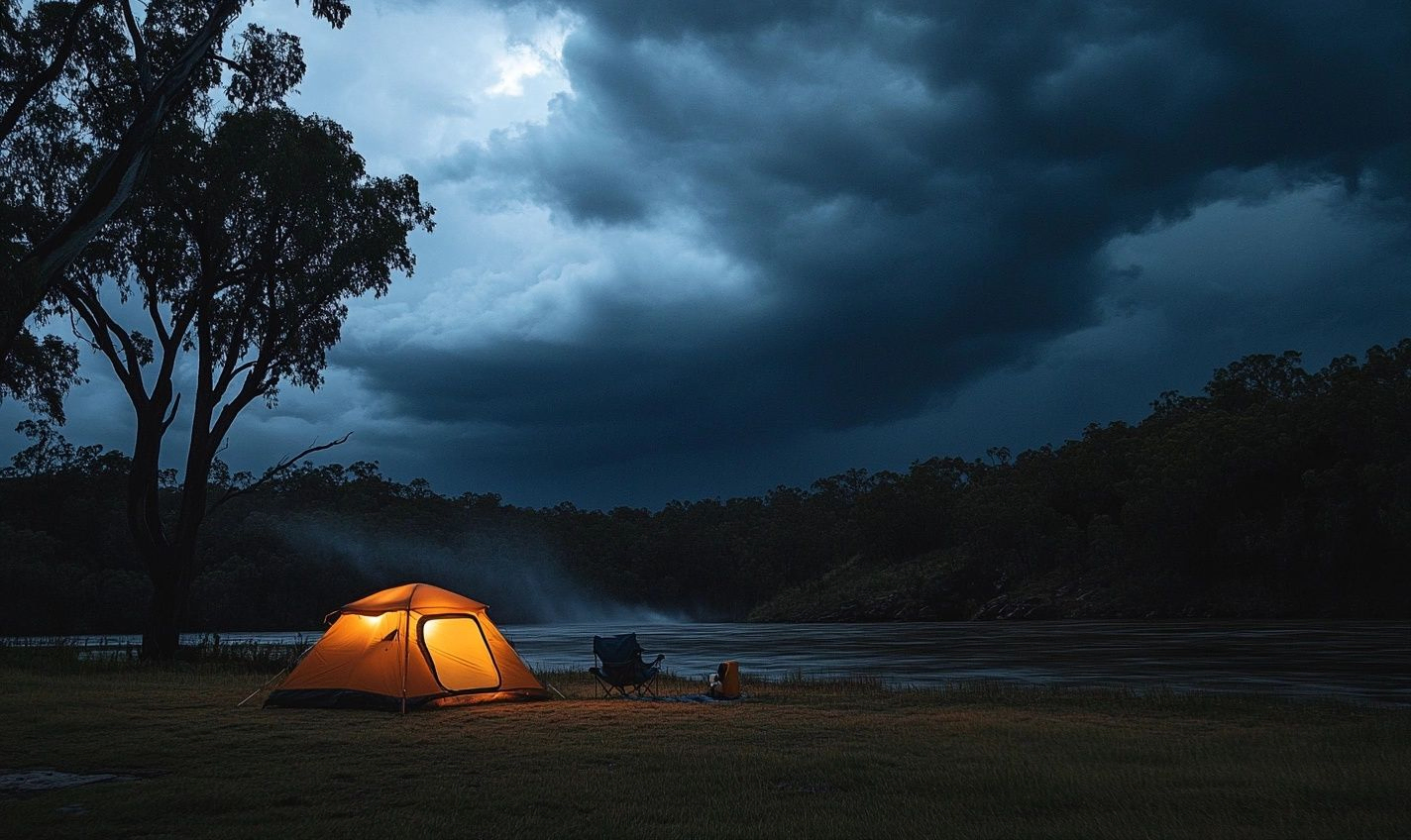
Frequently Asked Questions (FAQs)
Q: How can understanding weather patterns enhance outdoor forecasting?
Understanding weather patterns allows you to recognize signs of approaching changes in the weather, enabling better preparation for outdoor activities.
Q: What are some basic tips for predicting weather changes while camping?
Observing clouds, wind direction, temperature fluctuations, and changes in air pressure can help in predicting weather changes during camping.
Q: How can campers improve their weather prediction skills?
Campers can enhance their weather prediction skills by studying weather guides, attending workshops, and practicing forecasting techniques during camping trips.
Q: What are some safety tips related to weather when camping outdoors?
Always check the weather forecast before heading out, pack appropriate clothing for all conditions, and seek shelter in case of severe weather warnings when camping.
Q: Why is it important to understand weather patterns for outdoor activities?
Understanding weather patterns is crucial for outdoor activities as it helps in making informed decisions, staying safe, and enjoying the experience to the fullest.
Q: Are there any reliable tools or apps for outdoor weather forecasting?
Yes, there are various weather apps like AccuWeather, Weather Underground, and NOAA Weather that offer reliable forecasts specifically tailored for outdoor enthusiasts.











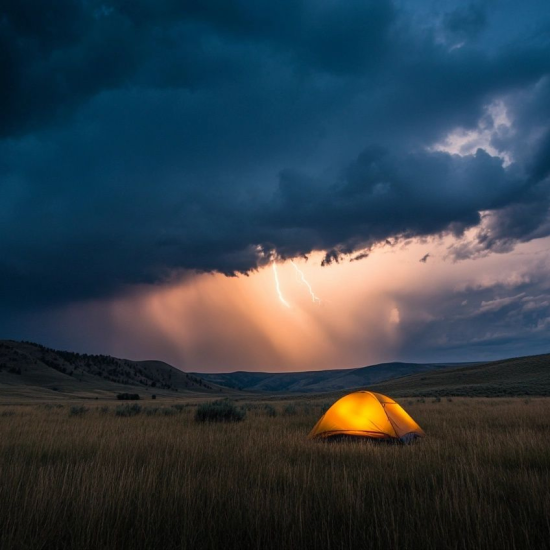
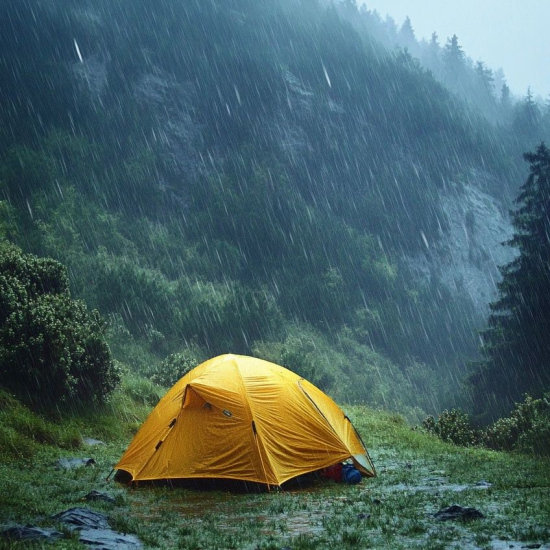
No Comment! Be the first one.